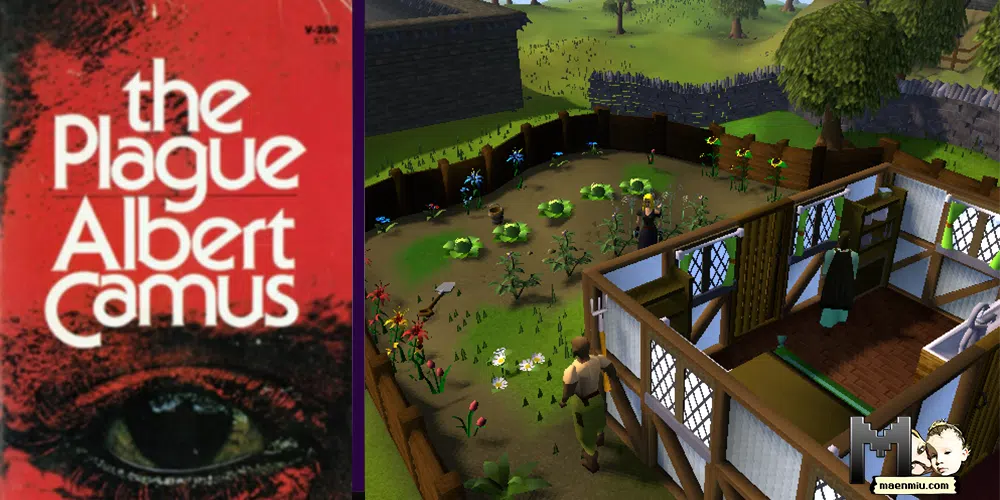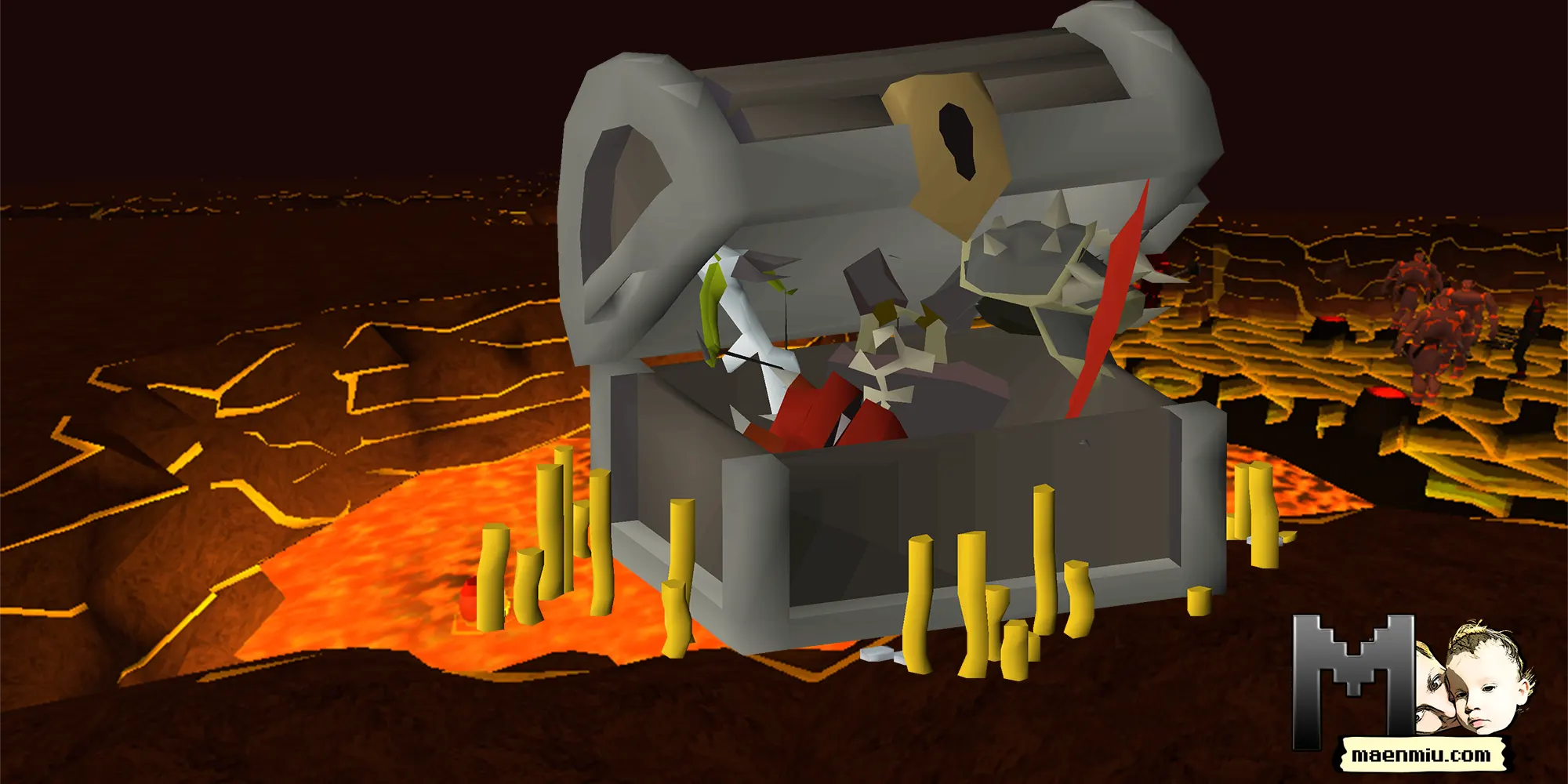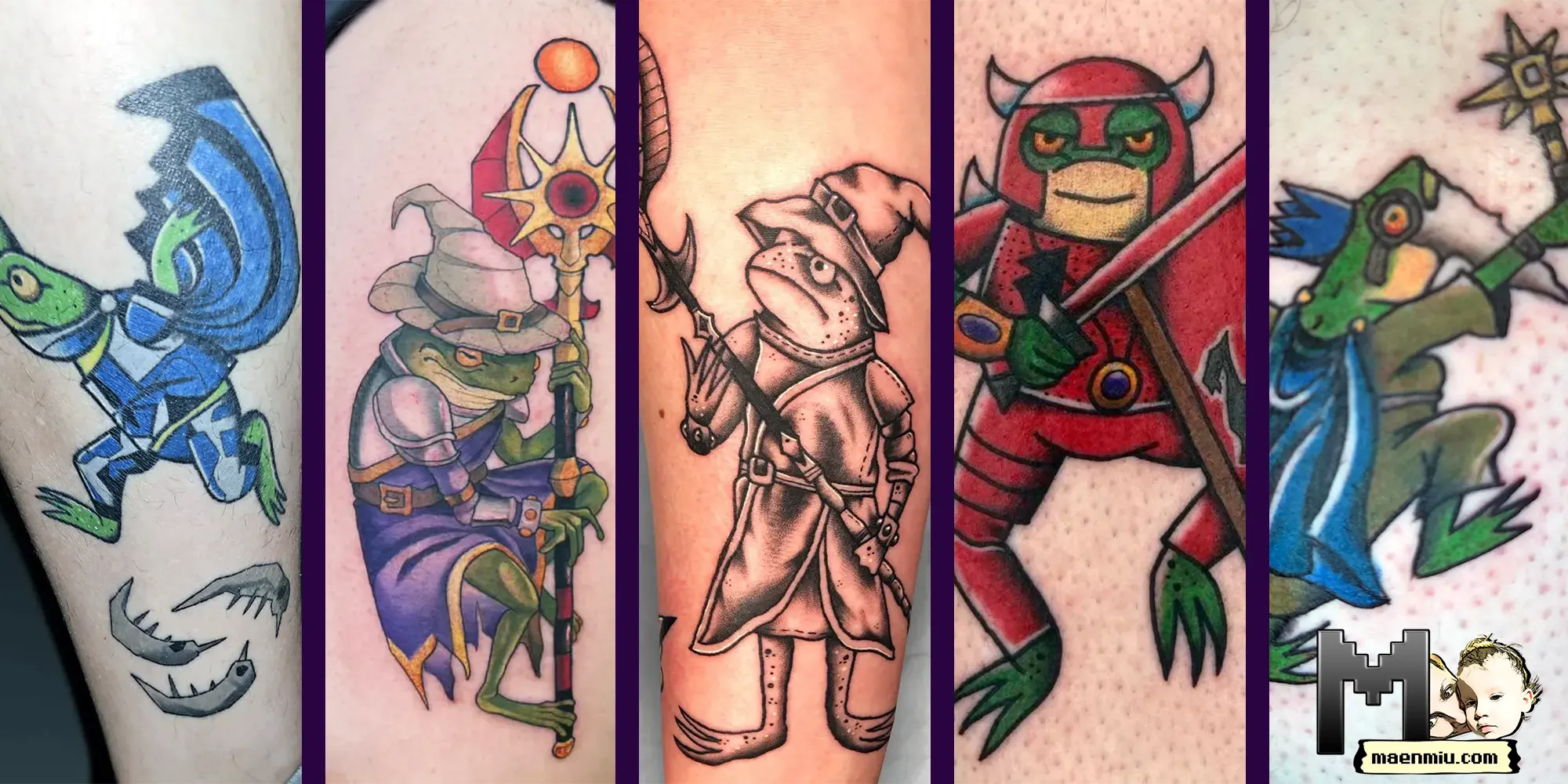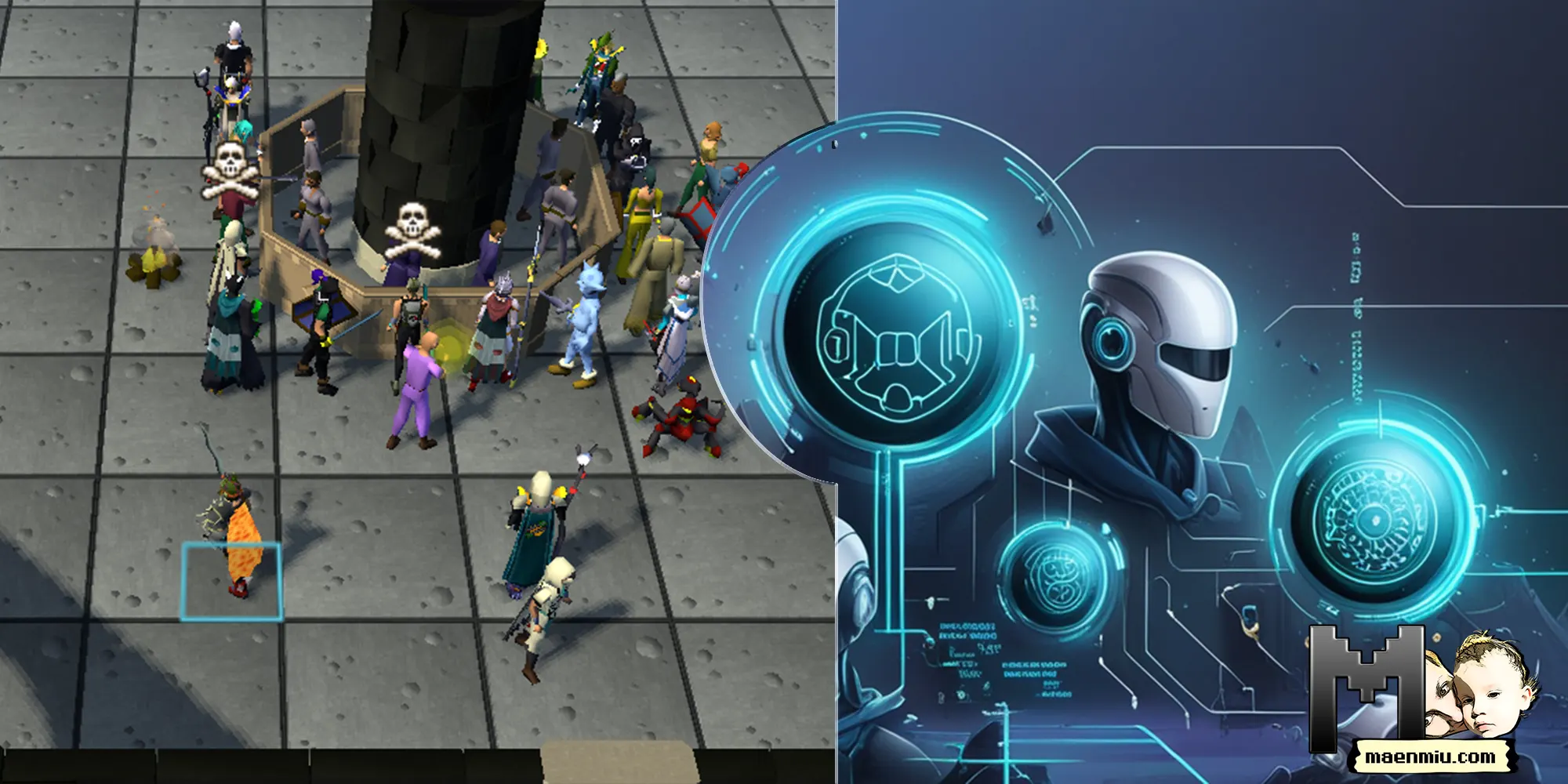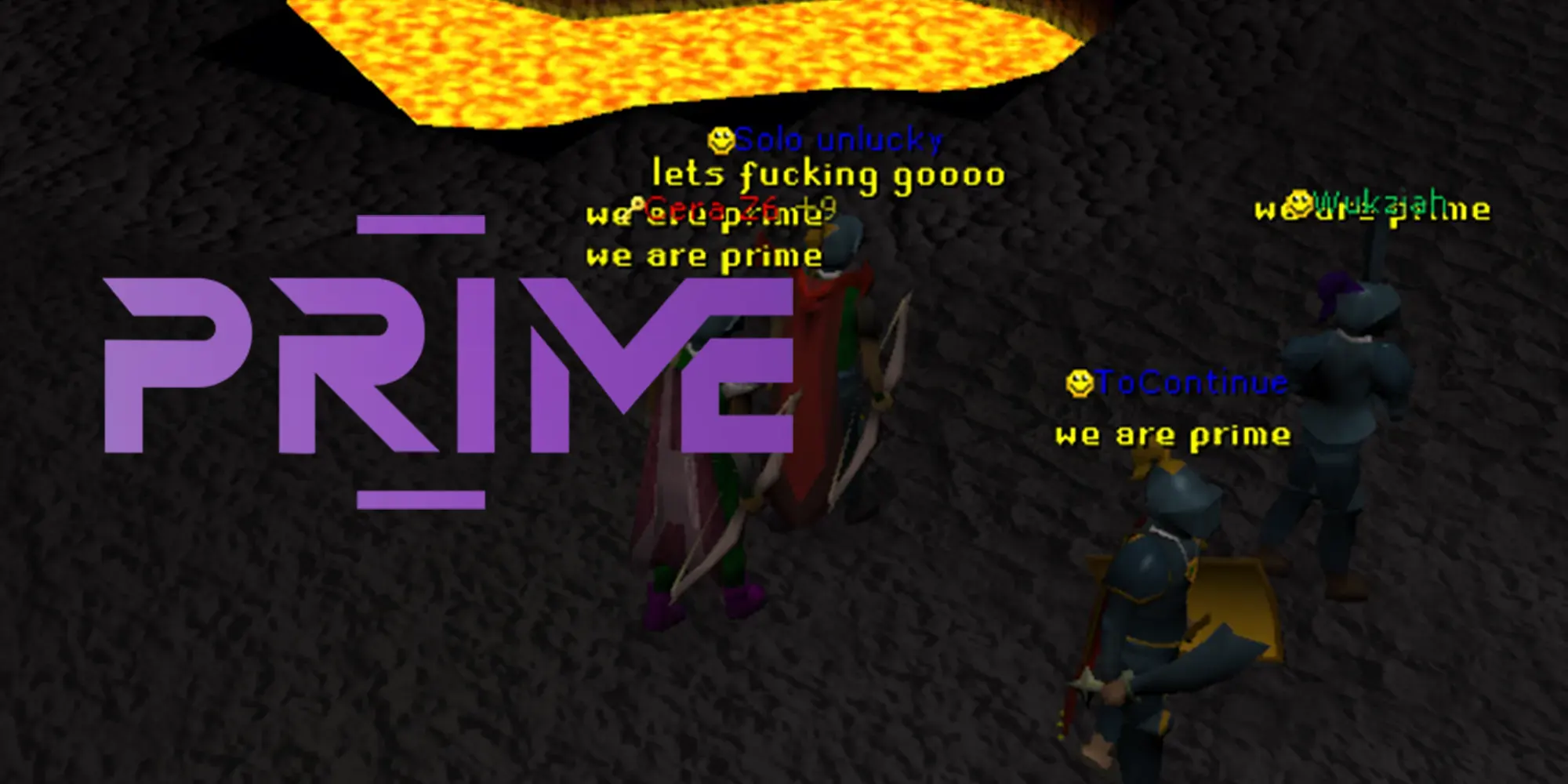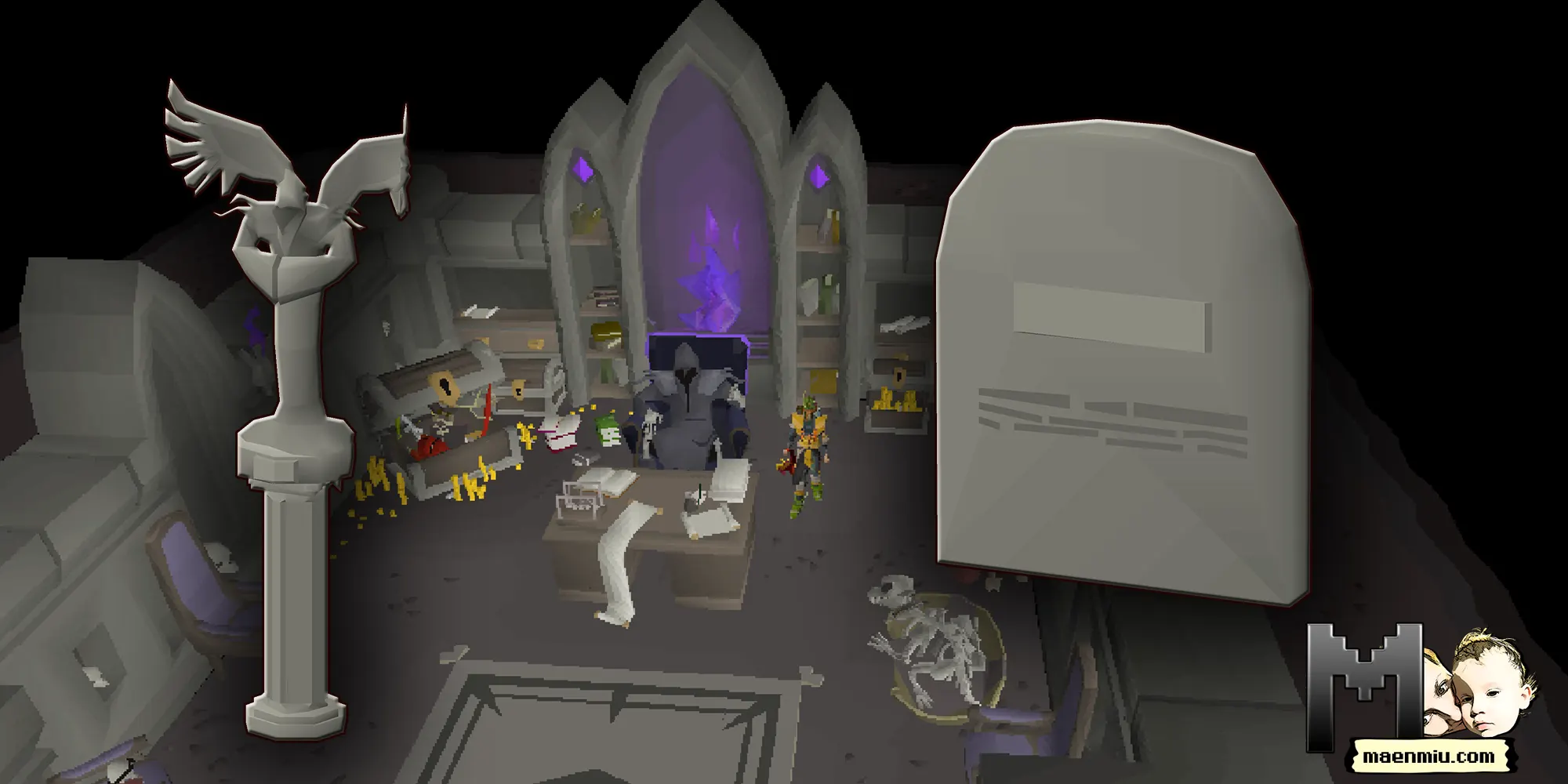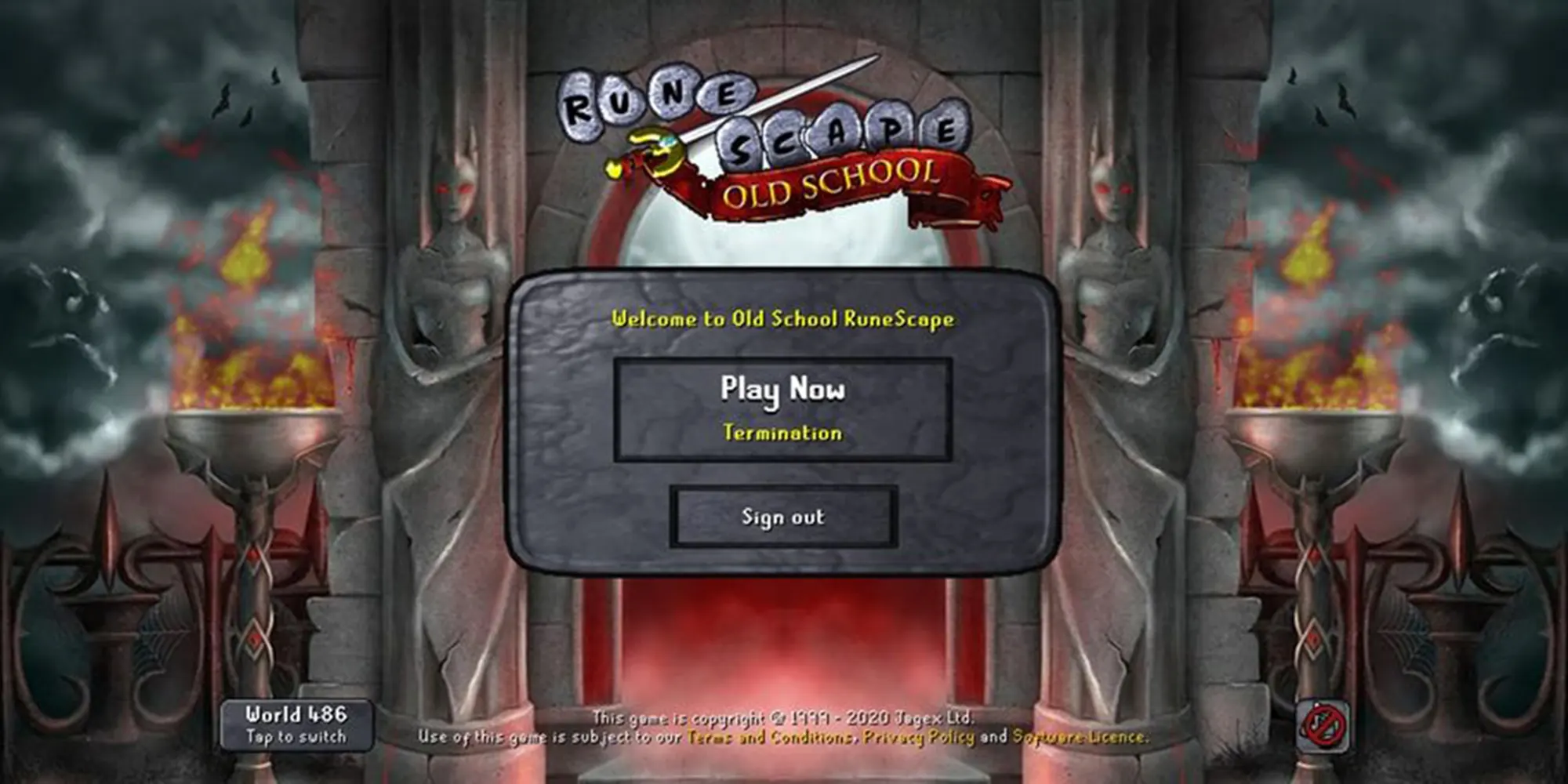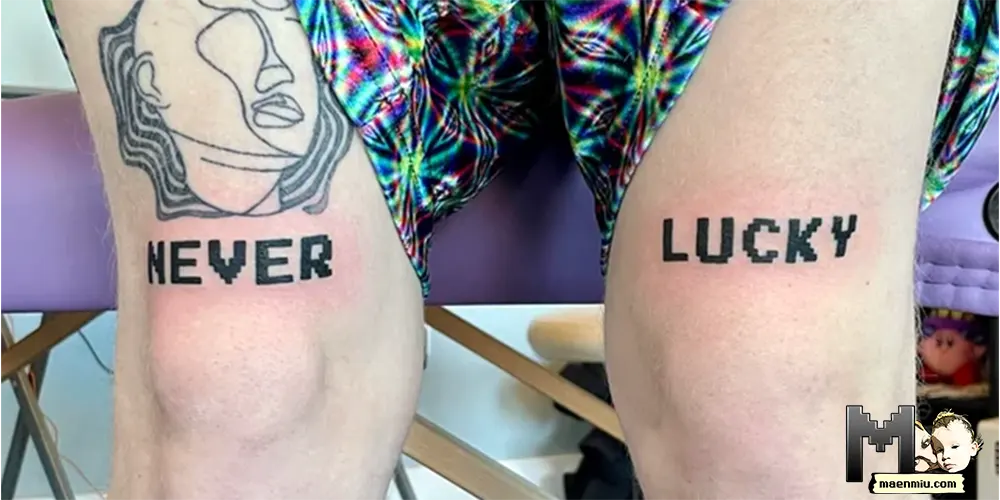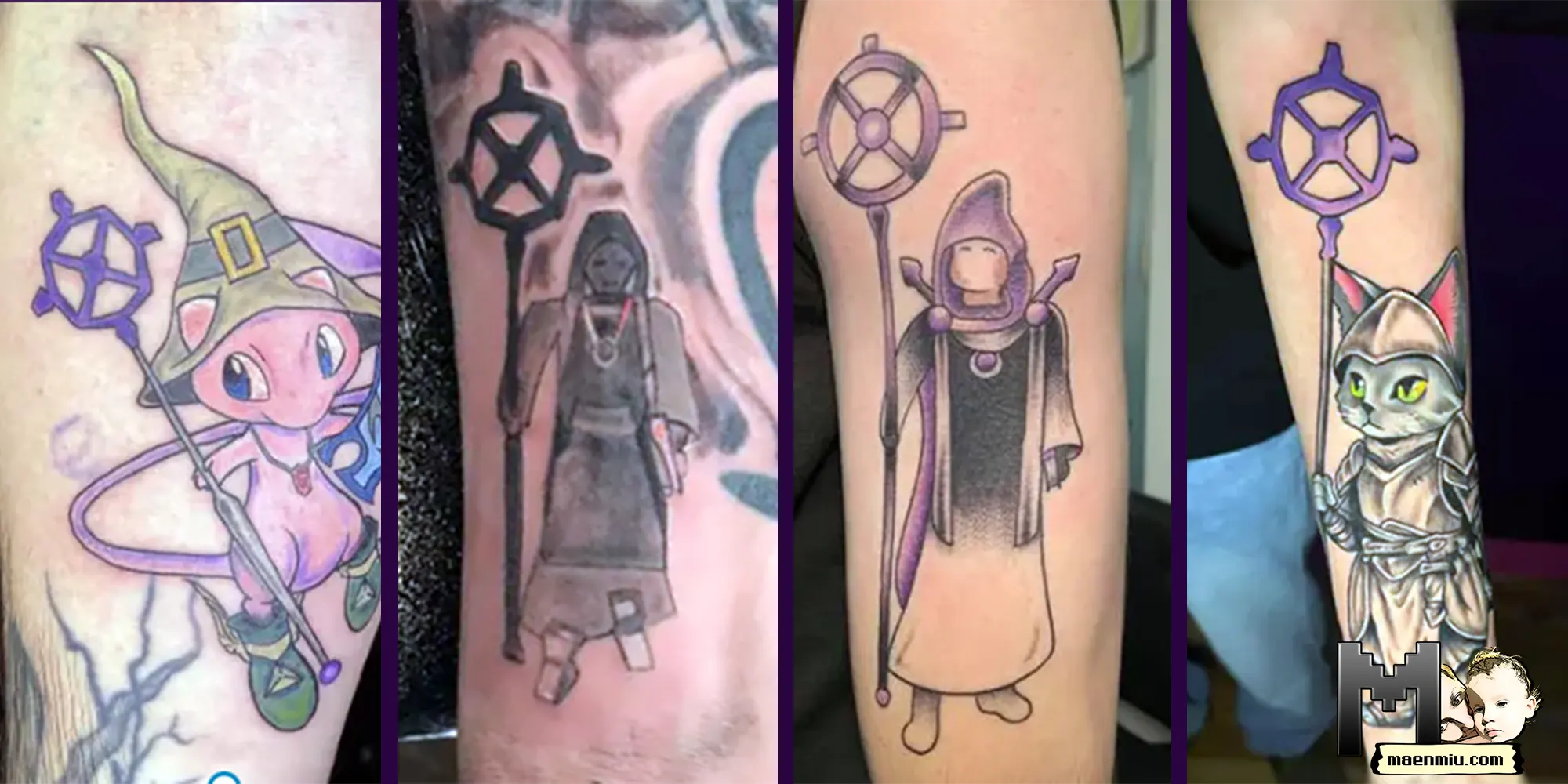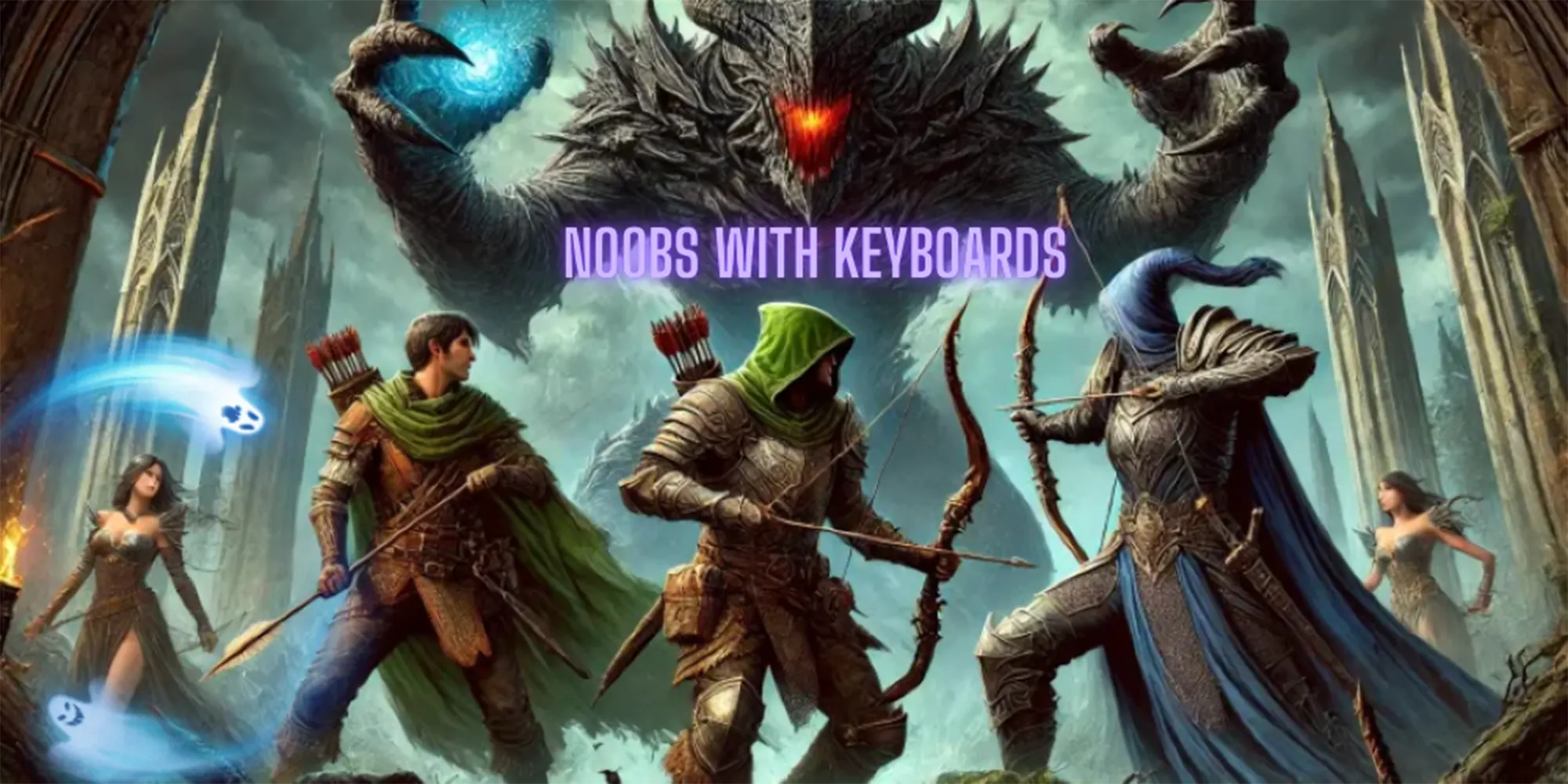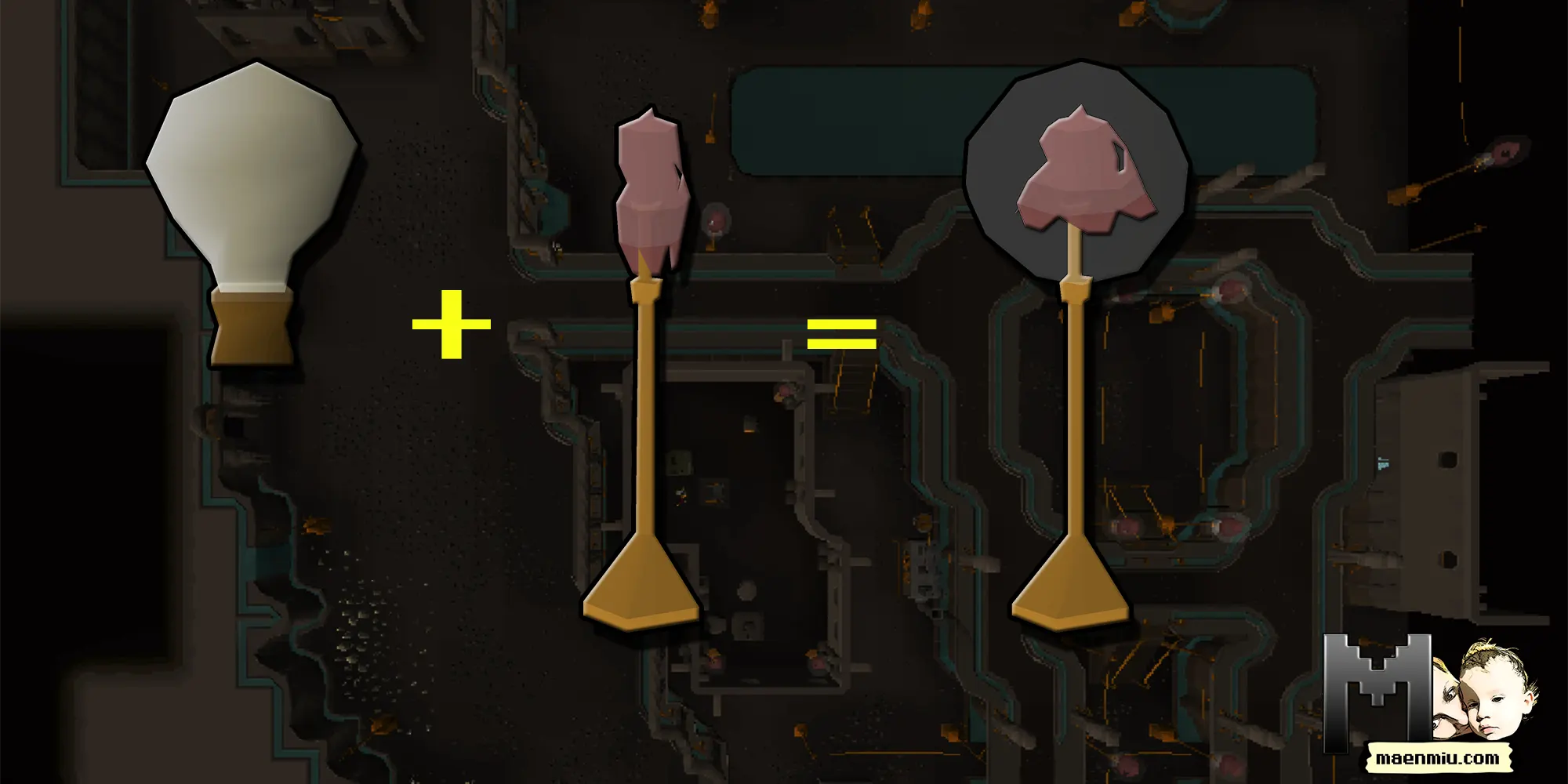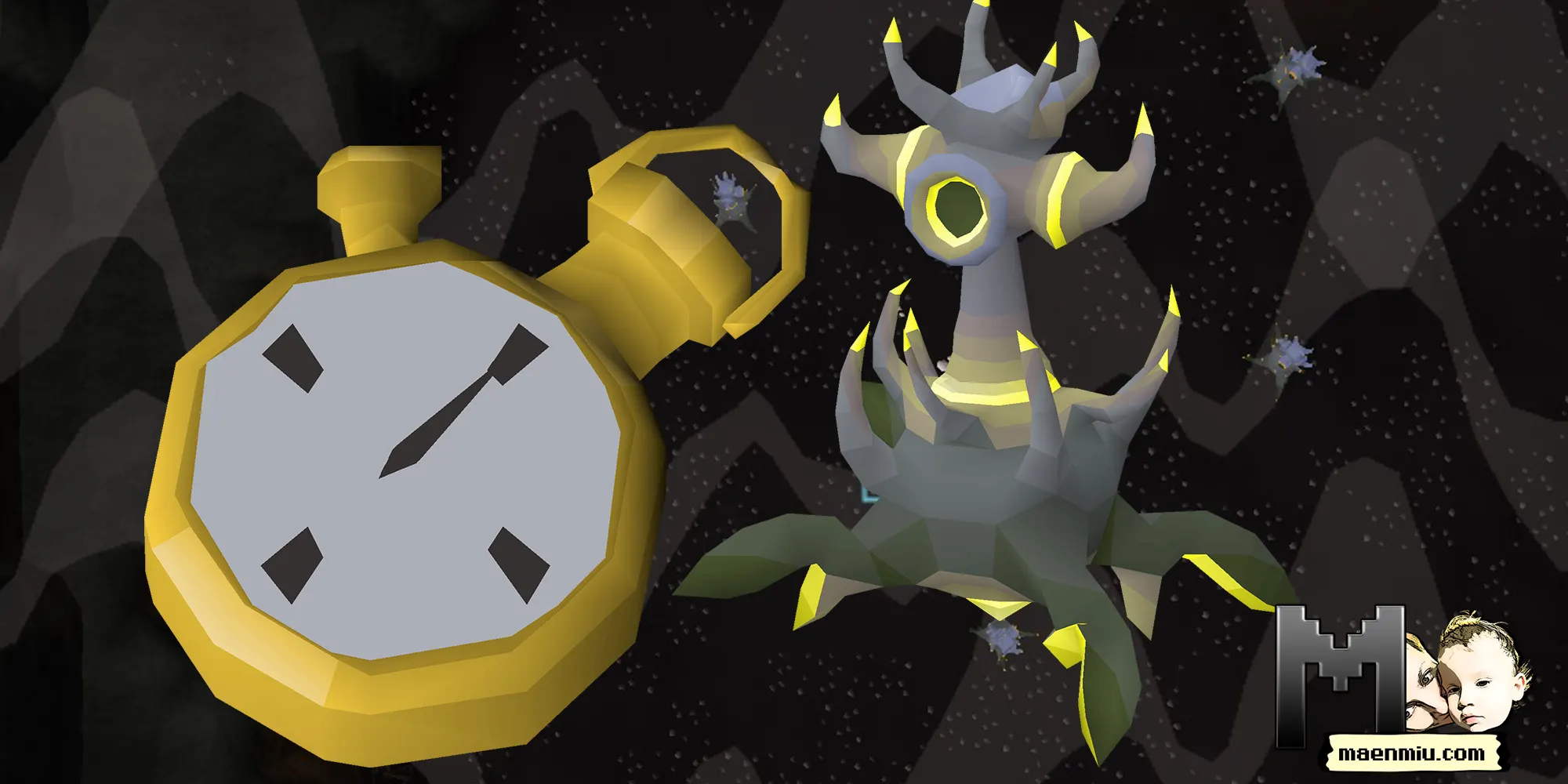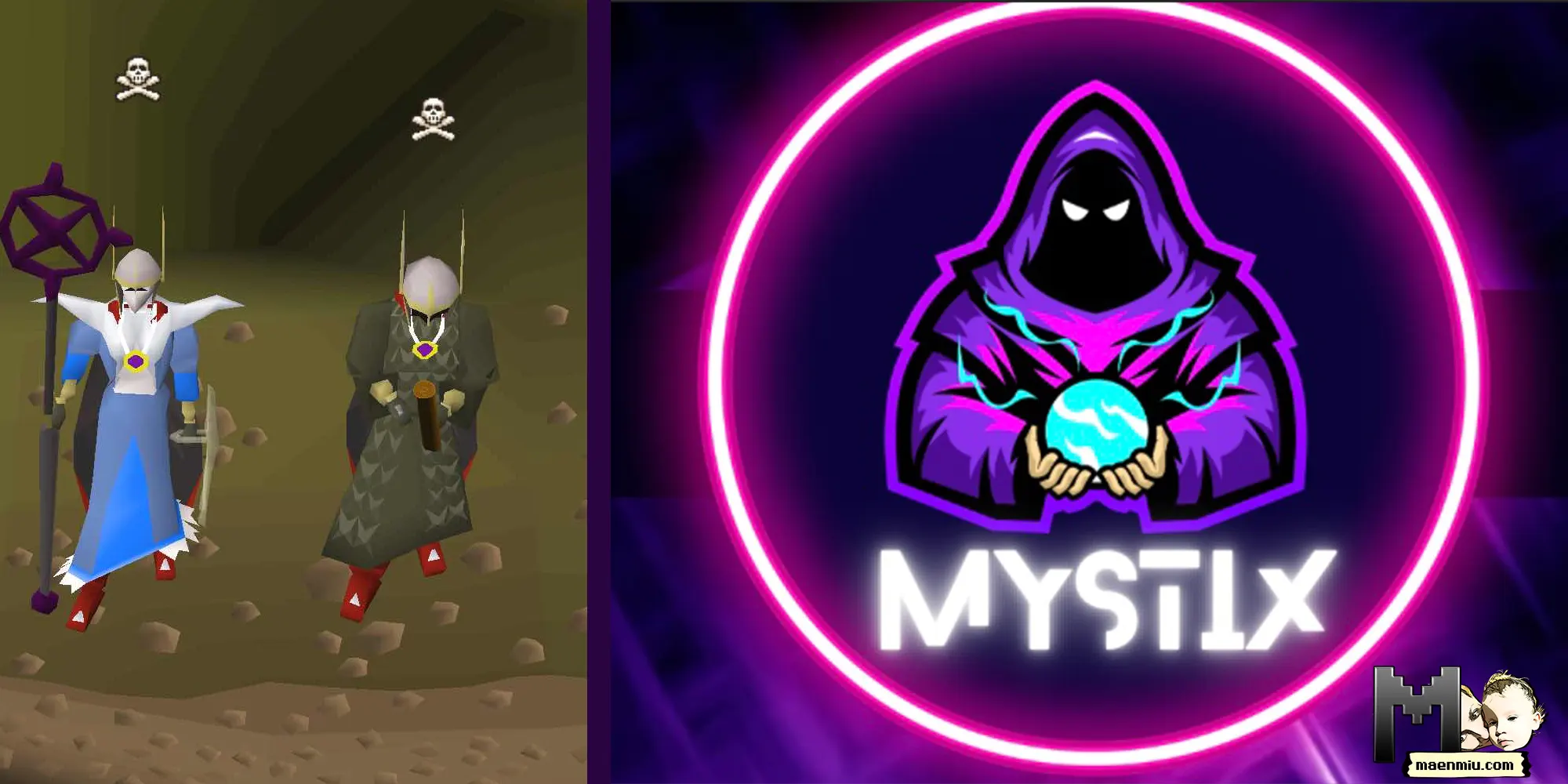
In the realm of suspense and intrigue, nothing surpasses the thrills of a good murder mystery. But what happens when a traditional medium like cinema and an immersive digital platform such as online gaming meet. This compelling exploration navigates the intriguing parallels between Netflix’s “Murder Mystery” (2019) and the Old School RuneScape’s (OSRS) “Murder Mystery” quest. At first glance, they might appear distinct – one is a lively cinematic experience, while the other immerses you in a richly detailed virtual universe. But peel back the layers, and you’ll discover that they converge on a shared narrative journey, providing equally gripping experiences for lovers of mystery and suspense.
Despite originating from different mediums, “Murder Mystery” (2019) and the OSRS Murder Mystery quest share some captivating similarities that unify their experiences. Both narratives revolve around the thrilling unravelling of a murder mystery, captivating their audiences with an intricate plot that unravels with every twist and turn. Integral to both are the engaging characters – detectives, suspects, and bystanders – who enrich the narrative and add depth to the mystery.
The process of investigation is a shared thread, with both requiring a meticulous collection of clues, thoughtful interrogation of suspects, and the application of logic and intuition to solve the conundrum. Furthermore, they each create an immersive world, whether it be the sun-drenched yacht and colourful European locales in “Murder Mystery” or the brooding, mysterious Sinclair Mansion in OSRS. The climax and resolution of both narratives offer a satisfying denouement, rewarding the viewer or player with the thrilling revelation of the murderer.
Lastly, the element of active participation binds the two experiences together. The film invites the audience to predict the murderer and piece together clues, while the game engages the player directly in the investigative process, promoting an immersive, hands-on experience. These shared elements exemplify the potent storytelling possible across various entertainment platforms, all weaving an engaging experience that keeps lovers of suspense and mystery hooked till the end.
You might like
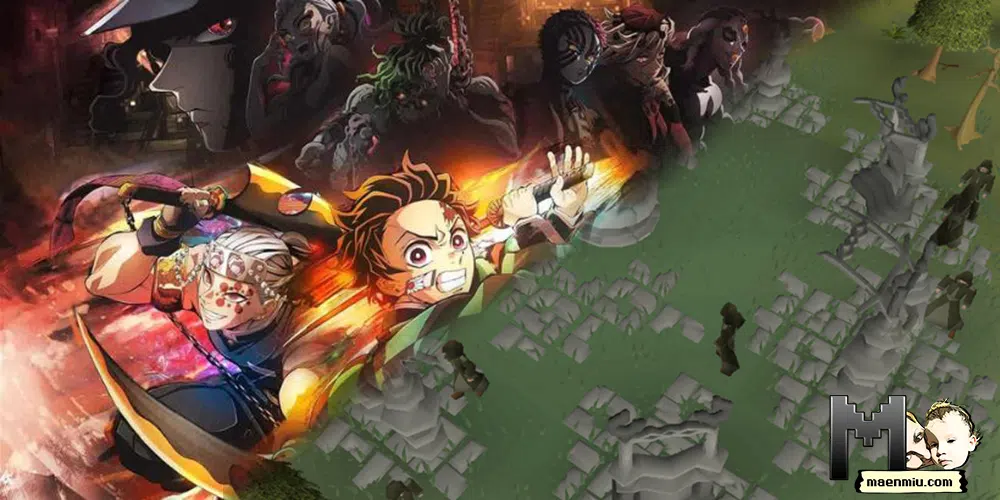
Suspenseful Narrative
Both “Murder Mystery” (2019) and the OSRS Murder Mystery quest centre around the heart-pounding narrative of a murder mystery. The unpredictability of the plot, the cascading revelations, and the enigma of the unidentified killer combine to create a suspenseful narrative. It’s a web of mystery that grips the audience or player, each twist and turn serving to engage and captivate. This sense of suspense is integral to the appeal of both the film and the game, showcasing the timeless allure of a well-crafted murder mystery.
Engaging Characters
Characters are the lifeblood of any narrative, and this is no less true for “Murder Mystery” and the OSRS Murder Mystery quest. Each presents a vibrant array of characters that range from detectives and suspects to incidental characters, each playing a part in the narrative tapestry. They are shrouded in suspicion and brimming with secrets, their actions and motivations adding layers of complexity to the mystery. This intricate network of relationships and concealed motives creates a compelling dynamic that keeps the viewer or player invested in the narrative.
Investigative Process
At the core of both narratives is the investigative process—a logical journey to uncover the truth. The process of gathering clues, questioning suspects, and piecing together the puzzle is a shared feature of both the film and the game. It’s a testament to the ingenuity and critical thinking required to solve a murder mystery, engaging the audiences in a mental marathon that provides as much excitement as the unfolding plot. It is this intellectual challenge that defines the essence of a murder mystery.
Immersive Settings
The settings in both “Murder Mystery” and the OSRS Murder Mystery quest contribute significantly to the narrative’s atmosphere. Whether it’s the sun-drenched luxury of a billionaire’s yacht and the vibrant locales of Europe in the film or the eerie, foreboding confines of the Sinclair Mansion in the game, these backdrops create an immersive world that serves to heighten the suspense. Each setting serves as a canvas upon which the intricate details of the mystery are painted, engaging the senses and elevating the overall experience.
A Gratifying Unveiling
The climax and resolution are the culminations of the narrative journey in both “Murder Mystery” and the OSRS Murder Mystery quest. The thrill of finally unmasking the killer, the rush of victory as the puzzle falls into place—these moments are the reward for the audiences’ investment in the narrative. The satisfactory resolution reaffirms the intrinsic human desire for justice and order, bringing the complex narrative to a gratifying close.
Active Participation
Finally, the element of active participation significantly enriches the experience of both the film and the game. “Murder Mystery” engages the audience in a mental game of ‘whodunit’ inviting them to predict the murderer and piece together clues. On the other hand, the OSRS Murder Mystery quest offers an even more direct form of engagement. The player becomes an integral part of the narrative, actively gathering clues, interrogating suspects, and making deductions. This immersive involvement empowers the player, transforming the narrative from a passive experience to an interactive adventure.
Differences
While “Murder Mystery” (2019) and the OSRS Murder Mystery quest share a plethora of similarities, they also present fascinating differences, a reflection of their distinct mediums. The most noticeable contrast lies in the degree of interactivity. While the film offers a largely passive viewing experience, with audiences following a pre-established narrative, the OSRS quest thrives on interaction, with players shaping their journey through decisions and actions. This difference extends to pacing, where the film unfurls at a fixed rhythm, its beats dictated by the filmmakers.
In contrast, the game’s narrative tempo is dictated by the player, allowing a more personalized adventure. The visual aesthetic also sets them apart. “Murder Mystery”, steeped in cinematic splendour, showcases detailed visuals and picturesque locales. Meanwhile, the OSRS quest’s appeal lies in its nostalgic pixel art graphics, lending it a charm unique to older video games. The control of narrative also varies— the film’s plot is tightly guided by the script and direction, whereas the game offers narrative flexibility, enabling players to take quests at their pace or veer into side quests. Finally, replayability comes into play. The film’s narrative, once revealed, remains unchanged in subsequent viewings.
However, OSRS, being a game, allows players to revisit and replay the quest, thereby offering multiple exploratory opportunities, even though they all lead to the same end. Each of these differences emphasizes the unique advantages of their respective mediums, contributing to a diverse and thrilling murder mystery experience.
I created this article with the partial assistance of an AI tool. Learn about my view on AI and why I’m telling you about it.

